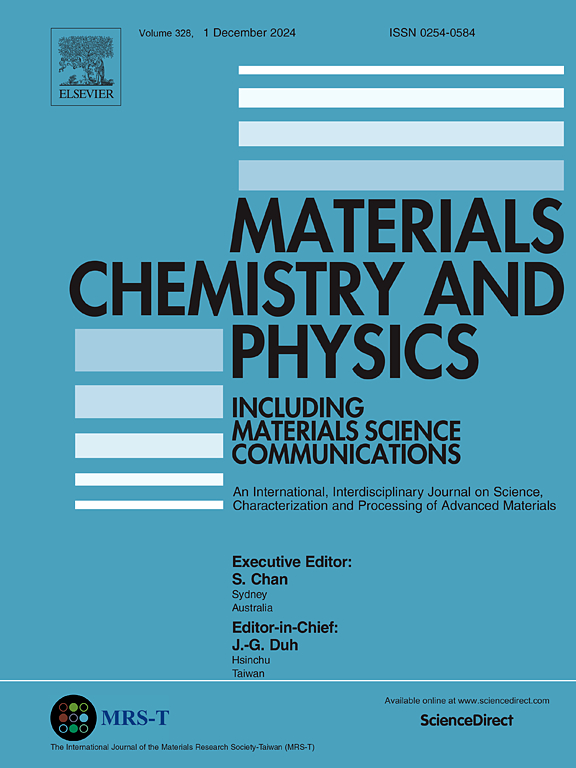Sol-gel/microemulsion synthesis of mesoporous bioactive glass microsphere using acetate precursors: Characterization and drug delivery potential
IF 4.3
3区 材料科学
Q2 MATERIALS SCIENCE, MULTIDISCIPLINARY
引用次数: 0
Abstract
Mesoporous bioactive glass microspheres (MBGMs) have garnered considerable attention as multifunctional carriers in controlled drug delivery systems. The sol-gel/microemulsion technique is receiving interest as a low-temperature method for the synthesis of these materials. However, nitrate-free synthesis of them still remains a challenge. Thus, this study involved the synthesis of MBGMs based on 45S5 and 58S glasses, using a nitrate-free sol-gel/microemulsion method. The preferred precursors were selected based on the sol stability, X-ray Diffractometry (XRD), and Simultaneous Thermal Analysis (STA) of the resultant powders. The microspheres were characterized by Fourier Transform Infrared Spectroscopy (FTIR), Scanning Electron Microscope (SEM), and X-ray Fluorescence Spectrometry (XRF) analysis. SEM images showed the uniform spherical shape of MBGMs with diameters in the range of 1–10 μm. Additionally, XRF results indicated enhanced final calcium concentration in MBGMs with the use of acetate precursors. The mesoporous structure in the resulting spheres was confirmed through Brunauer-Emmett-Teller measurement, revealing specific surface area and mean pore size values of 455 m2/g and 4.2 nm, respectively. Subsequently, the feasibility of MBGMs as a drug carrier was assessed by evaluating Curcumin loading efficiency and release kinetics via UV-VIS spectroscopy over 72 h in Phosphate-Buffered Saline (PBS) at pH = 7.4 °C. An acceptable value of drug loading efficiency (∼57 %wt) along with a maximum curcumin release of about 27 % were recorded. The kinetics of drug release were best described by the Peppas-Korsmeyer model, demonstrating that curcumin release was controlled by diffusion.

求助全文
约1分钟内获得全文
求助全文
来源期刊

Materials Chemistry and Physics
工程技术-材料科学:综合
CiteScore
8.70
自引率
4.30%
发文量
1515
审稿时长
69 days
期刊介绍:
Materials Chemistry and Physics is devoted to short communications, full-length research papers and feature articles on interrelationships among structure, properties, processing and performance of materials. The Editors welcome manuscripts on thin films, surface and interface science, materials degradation and reliability, metallurgy, semiconductors and optoelectronic materials, fine ceramics, magnetics, superconductors, specialty polymers, nano-materials and composite materials.
 求助内容:
求助内容: 应助结果提醒方式:
应助结果提醒方式:


